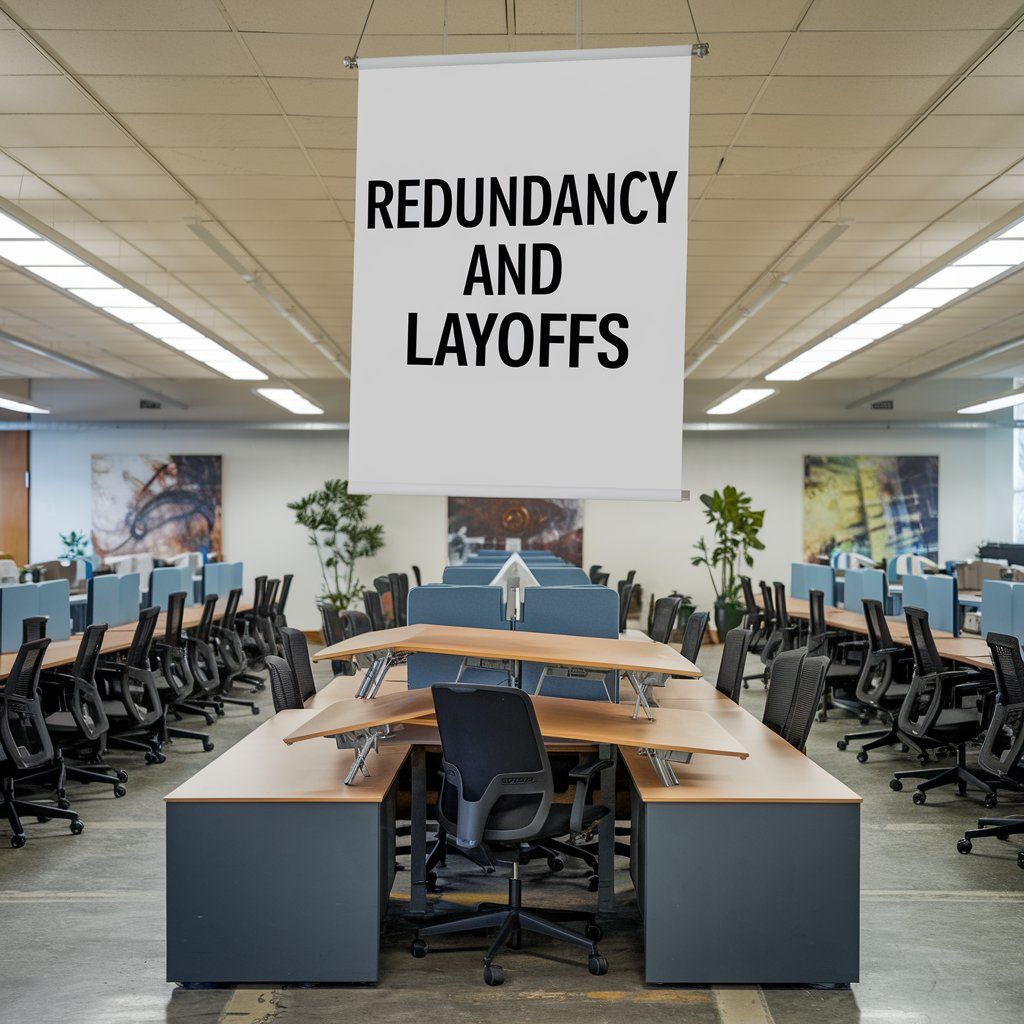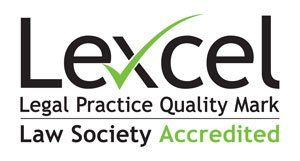Understanding Leasehold Property in the UK
When buying a property in the UK, you might encounter the term 'leasehold'. It's a common property ownership model, but it's important to understand what it means and how it differs from 'freehold'. This blog aims to demystify leasehold property and highlight key points you need to know.
What is Leasehold Property?
In a leasehold arrangement, you are purchasing a lease from a freeholder, for the right to occupy the property for a set number of years, exclusively. How long you own the property for, typically varies from 90 years, all the way up to 999 years. Since you are leasing the property (or part of it), you will not own the land on which the property is built on. Although you will own the leasehold interest, you will still be classed a Tenant whilst the party who own the freehold will be the Landlord (or Freeholder).
Why leasehold?
There can be a number of reasons. One good reason is the greater ability for both the Freeholder and the Leaseholder(s) to enforce both positive and negative covenants (restrictions and conditions which the occupation of the property is subject to). Another can be the physical location of the property. For example, building a block of flats close to a town/city centre would be more practical than individual, freehold houses. Where this is the case, arranging the properties as leases would be more manageable.
Although the term, lease is broad in nature, for the purposes of this blog article, we will only consider long residential leases. These leases have a capital value and unlike short-term residential lettings, there are usually few controls on the tenant’s ability to sell or mortgage (Charge) the property. Therefore, leasehold properties can be bought and sold in a similar manner to freehold properties.
Key Features of Leasehold Property
Where residential leases are concerned, most leases follow a similar structure. Whilst your solicitor will advice you on specifics of your lease, broadly, the following appear in one way or another on any lease.
- Demised premises: The lease must clearly define the extent of what is included. A detached building standing in its own ground should cause no issues of description (although this only applies to older leases), but when considering a flat in a block, additional care is required.
- Lease Term: Leases are granted for a finite period, with a clear start and end date. We will not be considering Periodic Leases for the purpose of this article. The Term can vary from 90 years (we have seen some shorter terms) up to 999 years. In theory, once the Term of the lease ends (Determined), ownership of the property returns to the Landlord. The writer acknowledges that this is an oversimplification of this aspect since Tenants usually have a number of statutory rights to extend the terms of the lease and therefore, landlords are, in the normal course of a relationship, unable to regain vacant possession of the land and re-let.
- Ground Rent: Since a leasehold arrangement is a form of long-term renting arrangement, by definition, there is a requirement for the tenant to pay the landlord, some form of rent. Following recent changes in Government Legislation, any new, long leases carry a symbolic, peppercorn (non-monetary) ground rent. This new legislation however does not apply in retrospect and therefore, any existing leases will carry a responsibility on the Tenant’s part to pay the ground rent as set out within the lease and subject to any rent review mechanisms. Such ground rents can vary from few to in some cases, hundreds of pounds each year.
- Covenants: A lease will carry covenants; a set of rules which each occupier must abide by including the requirement to pay rent
- Service Charges: These cover maintenance and repairs of communal areas and services. They can vary and sometimes be substantial.
- Requirement for Consents and Restrictions: Lease agreements may have rules about altering the property or subletting. Always check these before making changes or renting out your home.
Pros and Cons of Leasehold Property
Pros:
- Ability to enforce covenants: Unlike with freehold land, partes are more easily able to enforce covenants. With freehold land, positive covenants such as those with respect to repair are not directly enforceable against future owners. With leasehold properties, both positive and negative covenants are directly enforceable against successors in title.
- Entry to market: where proximity/location to a city or town centre is primary to a tenant, generally at the expense of space, a leasehold property can be a more practical and a short-term cost-effective solution.
Cons:
- Lease Length: Especially where the original lease term was for a shorter period of time (99 years for instance), the value of the capital value of the leasehold interest significantly diminishes with time. The reason for this, is that most mortgage lenders require at least 80 years of an unexpired Term for lending purposes, thus narrowing the number of potential buyers of your property. Extending a lease can be expensive.
- Ongoing Costs: Ground rent and service charges can add up, impacting your budget. In addition, certain leases make it a requirement for the lease owner to serve appropriate Notices on the Landlord, each time the property is let-out or remortgaged. This process generally attracts additional administration fees.
- Limited Control: Restrictions in the lease can limit how you use your property. These include, but not limited to restrictions on structural alterations and type of occupancy.
Extending Your Lease
If your lease is running low, extending it can preserve or even increase your property's value. Lease extensions can be complex and costly, so professional advice is crucial. Generally, you need to have owned the property for at least two years to apply for a lease extension.
Recent Reforms and Future Changes
The UK government has recognised issues with leasehold properties and is working on reforms. These include reducing ground rents to zero (as touched upon earlier) for new leases and simplifying the lease extension process. Staying informed about these changes can help you make better property decisions.
Tips for Leasehold Property Buyers
1. Read the Lease carefully: Understand all terms, including costs, restrictions, and the remaining lease term.
2. Consult Professionals: Get advice from solicitors or conveyancers experienced in leasehold properties.
3. Consider Future Costs: Factor in ground rent, service charges, and potential lease extension costs.
4. Check the Freeholder’s Reputation: Research the freeholder’s track record on maintenance and dispute resolution.
Conclusion
Leasehold property can be an excellent option, especially in high-value areas. However, understanding the terms and future obligations is crucial. At Pinkney Grunwells Lawyers LLP, we're here to help you navigate leasehold property issues, ensuring you make informed and confident decisions.
For more personalised advice, contact our Conveyancing team, we're here to assist you with all your property needs.
Contact Us




